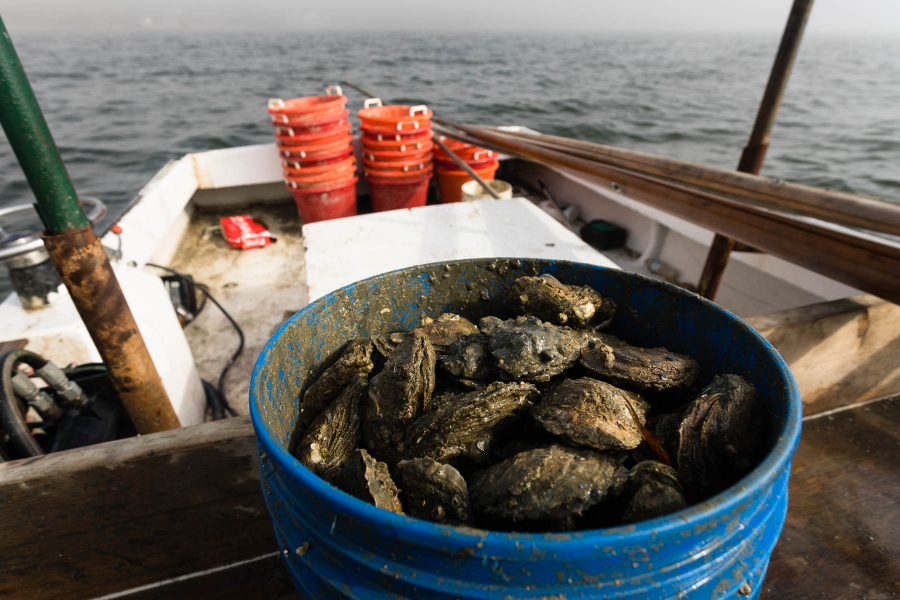ChesapeakeProgess: a milestone in Bay Program history
After three decades of tracking progress on paper, the partnership enters the digital age

For the past 35 years, the foundation of the Chesapeake Bay Program has been the watershed agreements that guide us—the most recent of which was signed in 2014. Our partnership is dedicated to transparently communicating the progress toward the goals and outcomes that we’ve committed to.
News of our progress has evolved throughout the years; it wasn’t so long ago that one had to read a report containing hundreds of pages of data! However, nearly three years ago, the Bay Program launched an online tool designed to showcase accurate, up-to-date and accessible data on more than two dozen indicators of environmental health, restoration and stewardship. ChesapeakeProgress helps federal, public and internal oversight groups hold our partners accountable for the environmental restoration and protection commitments that will lead to a healthy watershed.
The data on this site comes from a range of trusted sources, from government agencies and academic institutions to direct demographic and behavior surveys. In some cases, the data and information on ChesapeakeProgress dates back over three decades: for others, data collection began just before the signing of the 2014 Watershed Agreement.
Keep up-to-date with the progress of the Chesapeake Bay Program by signing up for our quarterly ChesapeakeProgress newsletter.

Comments
There are no comments.
Thank you!
Your comment has been received. Before it can be published, the comment will be reviewed by our team to ensure it adheres with our rules of engagement.
Back to recent stories